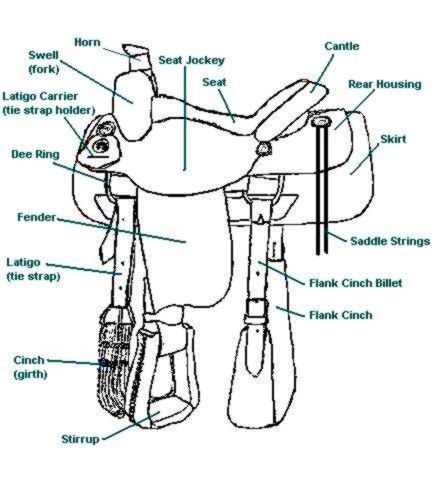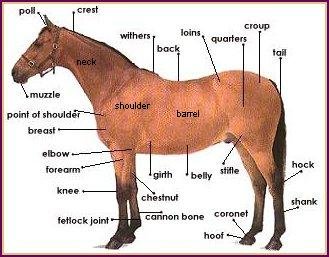Appaloosa :
color pattern with small spots over the hips or the entire body. may be either white spots on a dark body, dark spots on a white body, or a mixture of both.
Bay:
Black:
black color throughout the coat, limbs, mane and tail. no pattern present other than white markings
Blue Roan:
black or black-brown with a mixture of white hairs.
Chestnut:
varying shades of a yellowish tan color.
color pattern with small spots over the hips or the entire body. may be either white spots on a dark body, dark spots on a white body, or a mixture of both.
a red, brown, or yellowish horse with black mane and tail, and usually black limbs.
Red Roan:
red with a mixture of white hairs.
Black:
black color throughout the coat, limbs, mane and tail. no pattern present other than white markings
Blue Roan:
black or black-brown with a mixture of white hairs.
Brown
mixture of black and brown in the coat, limbs, mane and tailmixture of black and brown in the coat, limbs, mane and tail
Buckskin:
light tan or brown color.
Chestnut:
varying shades of a yellowish tan color.
Dun:
sandy yellow, redish, or brown usually with darker legs and often a dark stripe down the back, dark mane and tail
Grey :
black and white hairs with black skin. coat grows lighter with age.
Palomino:
gold-yellow or dark cream color with light colored mane and tail
Pinto:
large patches of black, brown, chestnut, or any other color, and white.
Strawberry or Chestnut Roan:
chestnut with a mixture of white hairs.
White:
white hair with a pink skin
































